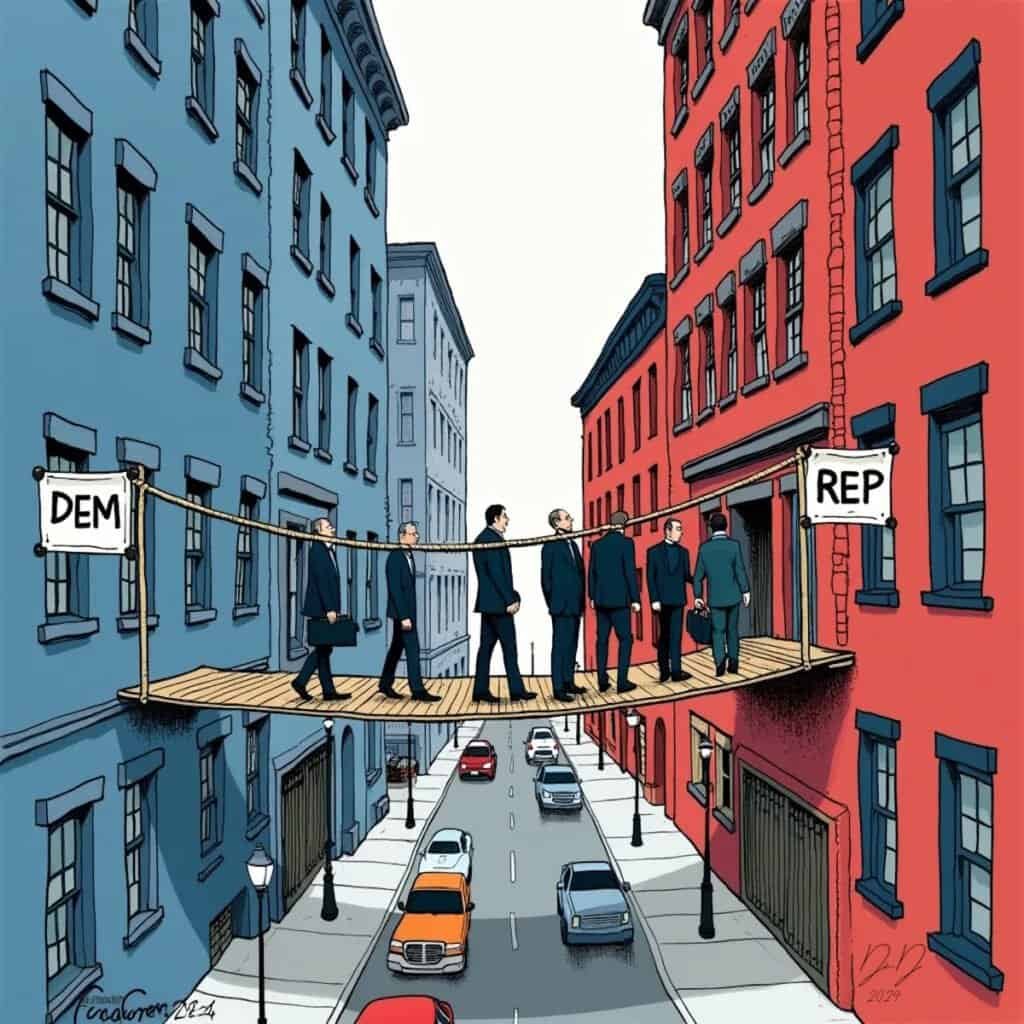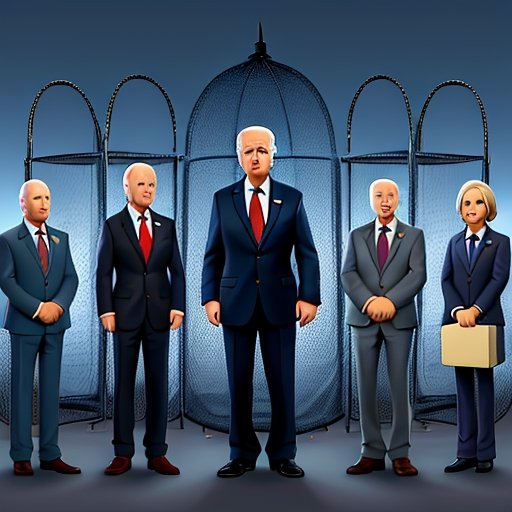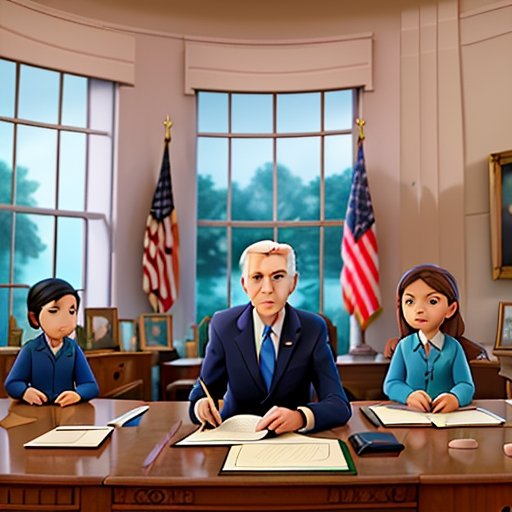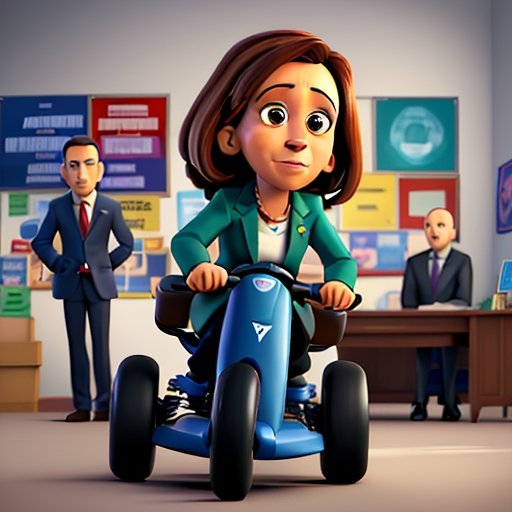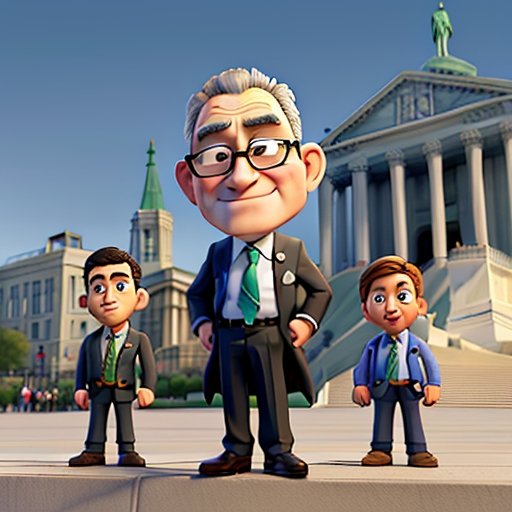Throughout U.S. history, political leaders have switched party allegiance, dramatically reshaping the nation’s political landscape. These shifts often mirrored broader societal changes, highlighting the tensions and realignments that molded subsequent political developments. Let’s take a humorous and eye-opening look at some of the most notable instances when major U.S. political figures jumped ship, and the entertaining fallout that ensued.
1. Thomas Jefferson and the Democratic-Republican Party (1790s)
Thomas Jefferson, initially a Federalist cheerleader as Secretary of State under George Washington, eventually saw the light and ditched the Federalist Party’s power-hungry ways. In a move that would make modern-day Democrats squirm, Jefferson and James Madison founded the Democratic-Republican Party in the early 1790s, championing a smaller government and strict adherence to the Constitution. Oh, how times have changed!
This political shake-up set the stage for a rivalry so bitter it makes today’s Twitter wars look like a tea party. Jefferson’s election as the third President in 1800, dubbed the “Revolution of 1800,” marked the first time power peacefully changed hands between parties in U.S. history. It’s almost like the Founding Fathers knew what they were doing!
2. John Quincy Adams and the Whig Party (1830s)
John Quincy Adams, the sixth President and original Democratic-Republican, pulled a classic “if you can’t beat ’em, join the opposition” move after losing to Andrew Jackson in 1828. Unhappy with Jackson’s policies (and probably his hair), Adams aligned himself with the emerging Whig Party, which opposed Jackson’s “I am the law” style of leadership.
Adams’ party swap highlighted the national divide over states’ rights and economic policy. The Whigs managed to snag two presidencies in the 1840s but eventually fell apart in the 1850s. Seems like the Whigs were about as stable as a Jenga tower in an earthquake!
3. Stephen Douglas and the Democratic Party Split (1860)
Stephen Douglas, a Democratic senator from Illinois, accidentally played the role of party wrecker leading up to the 1860 presidential election. His brilliant idea of “popular sovereignty” (letting territories decide on slavery themselves) didn’t sit well with Southern Democrats, who wanted Uncle Sam to protect slavery everywhere. Who knew Democrats could be so divided on important issues? Oh, wait…
This disagreement split the Democratic Party faster than you can say “Civil War,” with Douglas leading the Northern Democrats and John C. Breckinridge representing the Southern faction. The split handed the presidency to Republican Abraham Lincoln on a silver platter. Talk about a political own goal!
4. Strom Thurmond and the Dixiecrat Revolt (1948)
Strom Thurmond, a Democratic senator from South Carolina, threw a tantrum in 1948 over President Harry Truman’s civil rights initiatives. In a move that would make modern progressives faint, Thurmond ran for president as the candidate of the States’ Rights Democratic Party, aka the Dixiecrats, advocating for segregation and states’ rights.
Thurmond’s campaign highlighted the growing rift within the Democratic Party over civil rights. This rift eventually led many Southern Democrats, including Thurmond himself, to switch to the Republican Party in the 1960s and 1970s. It’s almost as if the Democrats couldn’t decide whether they wanted to be the party of progress or the party of “the good old days.”
5. Ronald Reagan and the Republican Party (1960s)
Ronald Reagan, originally a Democrat and fan of FDR’s New Deal, had an epiphany in the 1960s and realized the Democratic Party’s policies were about as effective as a snowblower in Hawaii. In a move that would make modern-day liberals cry, Reagan joined the Republican Party, reflecting a broader shift among conservative Democrats who were fed up with their party’s stance on civil rights and social welfare programs.
Reagan’s political realignment paved the way for his election as the 40th President in 1980, ushering in an era of limited government, tax cuts, and a strong national defense. His influence turned the GOP into the party of conservative values, a legacy that continues to give progressives nightmares to this day.
6. Today: RFK Jr. joining forces with Donald Trump and the MAGA movement
In a plot twist that would make even M. Night Shyamalan jealous, Robert F. Kennedy Jr., once a darling of the Democrat Party, has decided to team up with Donald Trump and the MAGA movement. It’s like watching a vegan become a steakhouse chef and Republicans are eating it up!
RFK Jr.’s journey from environmental lawyer to Trump ally is a testament to the ever-shifting sands of American politics. His criticism of the Democrat establishment and embrace of conservative talking points has left liberals scratching their heads and conservatives gleefully welcoming a Kennedy to their ranks. It’s as if the universe decided to play a cosmic joke on the political landscape!
This unlikely alliance highlights the growing disillusionment with establishment politics on both sides of the aisle. RFK Jr.’s pivot serves as a reminder that in politics, as in life, the only constant is change – and sometimes that change comes with a side of irony and a dash of humor.
Outcomes and Legacy
These political switcheroos weren’t just personal choices; they were like dominoes that set off chain reactions throughout American political history. Each flip-flop happened during times of intense political and social change, often accelerating the reshuffling of the political deck.
Whether it was new parties popping up like weeds, old ones crumbling like stale cookies, or party ideologies getting makeovers, these moments of political musical chairs showed just how fluid American politics can be. It’s an ongoing tug-of-war to define what America stands for, and sometimes it looks more like a comedy routine than a serious debate.
In the end, these major party-hopping moments often signaled or sparked significant shifts in the nation’s political landscape. They show how one person’s “Aha!” moment can snowball into new political movements, party realignments, and sometimes, complete U-turns in the country’s direction. It’s like watching a political version of “Freaky Friday” – you never know who’s going to wake up in which party’s body next!
Table of Contents
- Thomas Jefferson and the Democratic-Republican Party (1790s)
- John Quincy Adams and the Whig Party (1830s)
- Stephen Douglas and the Democratic Party Split (1860)
- Strom Thurmond and the Dixiecrat Revolt (1948)
- Ronald Reagan and the Republican Party (1960s)
- Today: RFK Jr. joining forces with Donald Trump and the MAGA movement
- Outcomes and Legacy
